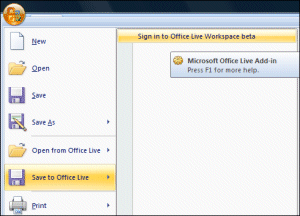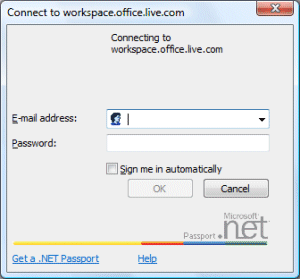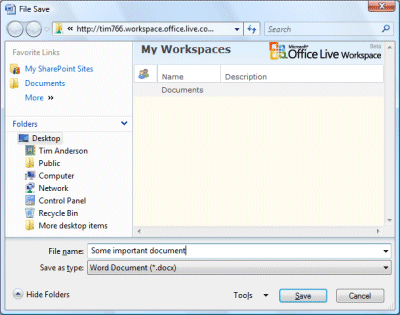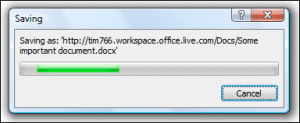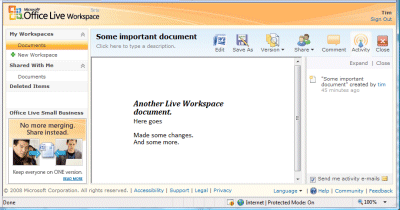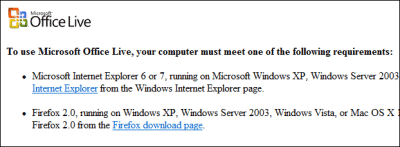Rupert Jones in today’s Guardian has a note about Music Magpie, a site where you can sell old CDs, games, and now DVDs. The site calls itself an “online CD recycling service.” I like CDs, so I took a look.
The service is a commercial operation and as far as I can tell isn’t any different in principle from any other online secondhand retailer – I guess they all ought to get some green cred by calling themselves recycling services.
So how does Music Magpie compare to others like, say, Amazon or eBay? Let’s look at it first as a buyer. I love the Cowboy Junkies, so I did a search. I can get their great CD The Trinity Session for £3.99. Amazon has this new from £5.98, or used from £3.91. What about postage costs? At Amazon it is currently £1.21. I can’t so far discover what Music Magpie charges, or whether it is included. The terms and conditions say:
9.2. These prices include VAT but exclude delivery costs, which are detailed on the website.
However I can’t find them detailed anywhere. Maybe it is included after all, but you would have thought this would be flagged as a selling point. So it could be more than Amazon, or less, depending on this point; it appears to be in the same ball park. However, Amazon has a vastly greater stock available and nice features like customer reviews.
OK, how about as the seller? If I decide to sell my Cowboy Junkies CD, Music Magpie will currently offer me 98p (the price varies according to the CD, and can be as low as 25p). There’s no postage cost to the seller; the company sends out a freepost envelope.
There are some alarming terms and conditions. If Music Magpie decides one of your CDs needs refurbishment (polishing), it deducts up to 50p. If it decides it is unacceptable, it neither buys nor returns it. There is no appeal.
Now Amazon. If I sell Trinity Session for the current lowest price of £3.91, Amazon will grab £1.82 in fees (including VAT) but contribute £1.21 for postage. That means I get £3.30. If the postage actually costs that much (it could well work out less), I still get £2.09 net, more than double what Music Magpie offers.
Listing an item on Amazon is not much more difficult than selling to Music Magpie – just type in the barcode and go. The big difference is that with Amazon you have to sit back and wait for a buyer. With Music Magpie I get the money instantly. Another difference is that with Music Magpie I can parcel a bunch of CDs once and send them off. With Amazon, you have to deal with each customer individually.
My immediate impression is that Music Magpie scores well on convenience, but if you need the money and have a little patience you would be much better off with Amazon.
Now, here’s an interesting remark on the Music Magpie site:
We originally launched musicmagpie as an easy way for everyone to turn their old CDs into cash so that they did not have to be thrown away if they had decided to go digital. This proved to be a massive success with thousands of people using musicmagpie as a fast and efficient way to turn CDs into money.
Well, CDs are digital; but I’m guessing that Music Magpie is referring to people who have ripped their CDs to a computer for streaming, or for an iPod, or another MP3 player. Here’s a can of worms though. I’ve heard it argued that even ripping your own CDs is illegal, though it seems a reasonable thing to do. Ripping your CDs and then selling them though – intuitively that seems wrong. Arguably, Music Magpie by its own admission is dealing in stolen music.
Still, I do see the other side of this too. You’ve ripped all your CDs, you no longer need them, you are short of space: isn’t it better to move them on?
When people moved from vinyl to CD they had no choice but to purchase again. In the case of CD to music files though, you can migrate without re-buying. That’s a headache for the music industry.
Personally I hang on to them anyway, as a kind of license and physical backup, and just in case I might want to read the sleeve notes again one day.
Note: Comments to this post are now closed.
